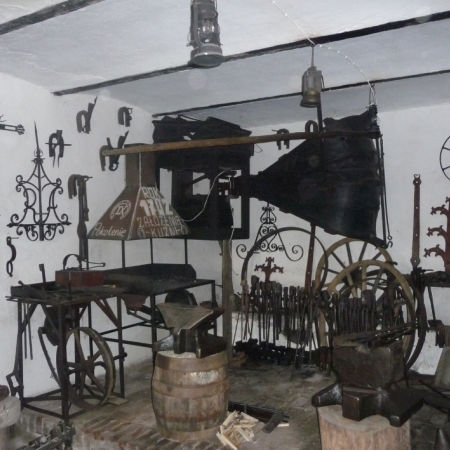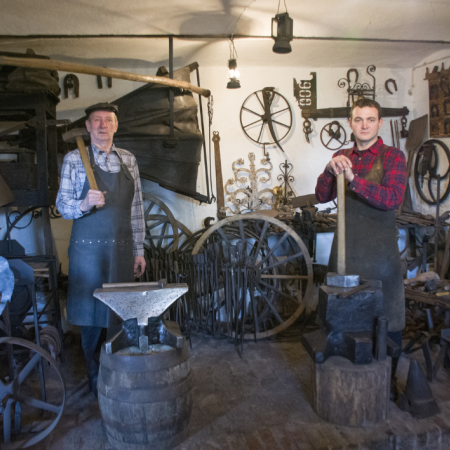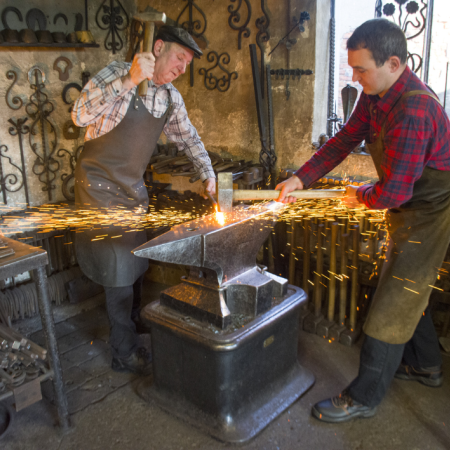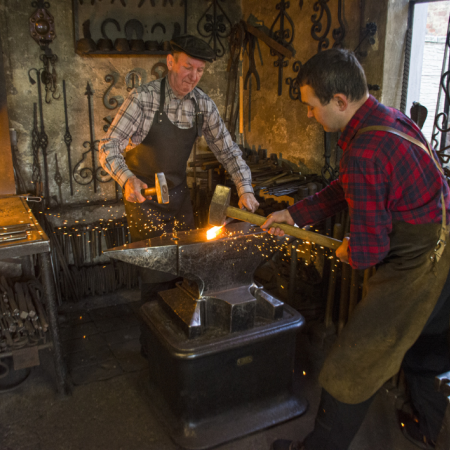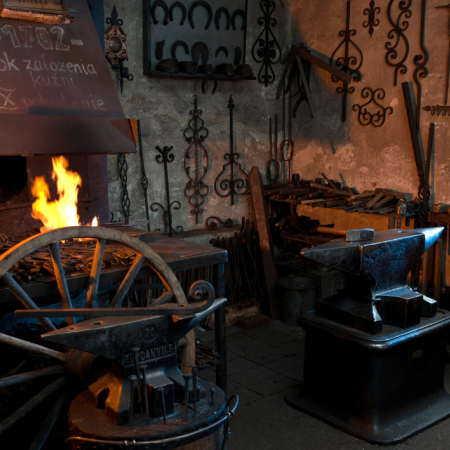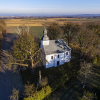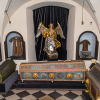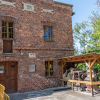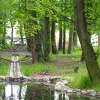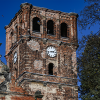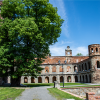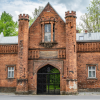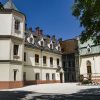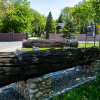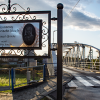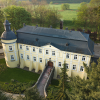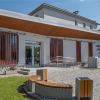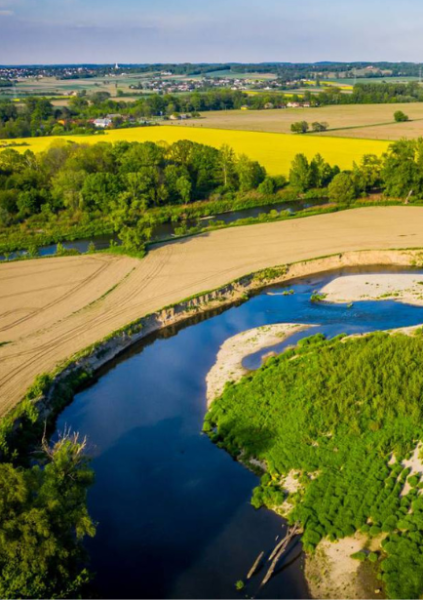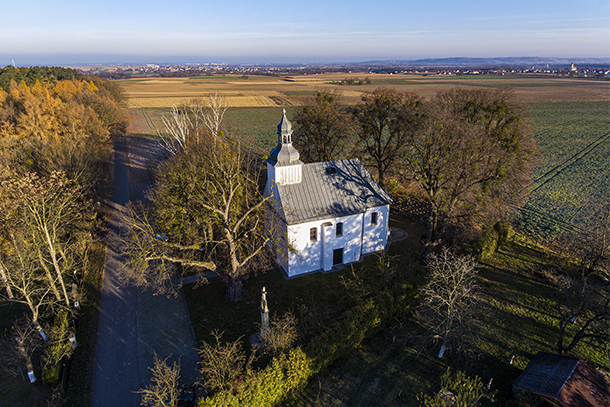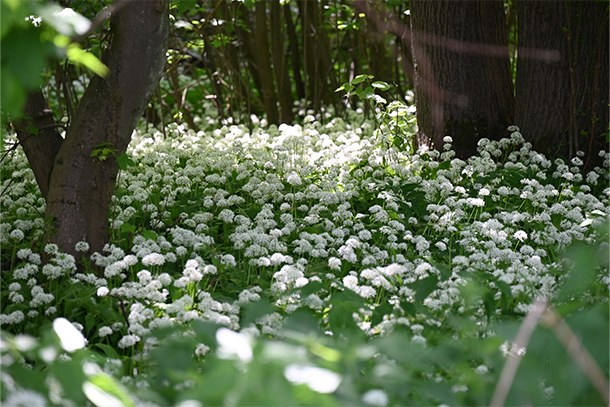- Contrast
- Text
- Scaling
- Content scaling 100%
- Font size 100%
- Line height 100%
- Letter spacing 100%
Polish tourist attractions
- Home
- Tourist attractions
- Polish attractions
- Blacksmith's Museum in Bieńkowice
Blacksmith's Museum in Bieńkowice
The tradition of the forge dates back to 1702. The first forge was built by Johannes Socha. The forge was passed down through 9 generations under one name. Today the workshop is run by Robert, who has been Master Blacksmith since 2004. In 1998, the Socha family opened the largest private museum of blacksmithing in Poland, which contains all the equipment that is no longer used, including: a blacksmith's hearth driven by a leather bellows, anvils, a vise, tools for shoeing horses, blacksmith tongs, etc.
The Blacksmithing Museum is located in the blacksmith's workshop, which was built on the site of a former smithy dating back to the 18th century. Visitors will have the opportunity to see traditional blacksmithing techniques and tour a small collection of exhibits. Iron horseshoes can be purchased as a souvenir.
The village of Bieńkowice, located on the Tin River in the municipality of Krzyżanowice, is regarded by blacksmithing enthusiasts as a special place not only in Poland, but also abroad. It is here, in the Museum of Blacksmithing founded by the blacksmiths of the Soch family, that the richest collection of blacksmithing tools and machines in the country can be found.

Mr Jan Socha, master blacksmith and heir to the Socha family, has already accumulated more than 100 historical artefacts, including unique agricultural tools and machinery made or forged by the family's blacksmiths. The history of this forge, its traditions and craftsmanship have been passed down from generation to generation, and are now proudly displayed to tourists from Poland, Europe and the USA. Mr Jan Socha, one of the last true blacksmiths, runs the historic forge and at the same time serves as the founder of the Blacksmithing Museum. Together with his son Robert Socha, wishing to pay tribute to his ancestors and preserve their heritage, he continues the family blacksmithing traditions. Their work and passion were honoured with the "Mieszko AD 2009" award in the "fine arts" category. Meticulous about preserving their heritage, the Soch family participates in blacksmithing tournaments and shows, exhibitions, and collaborates with museums to ensure their family history is not forgotten.
The Soch family's dedication and determination to preserve their heritage is evident in their work.
Their commitment and determination to developing the craft of blacksmithing and passing on family traditions are a model for others. Mr Jan and Mr Robert Soch are not only proud of their family heritage, but are also active in promoting blacksmithing culture. Their family is an example of how cultural heritage can be kept alive and relevant, and traditions can be passed on from generation to generation.

The Blacksmithing Museum in Bieńkowice is certainly a place worth visiting if you are interested in blacksmithing traditions and craftsmanship. It is here that you can see and feel the real atmosphere of a forge from centuries ago, as well as admire unique blacksmithing exhibits. Visitors can also purchase iron horseshoes as souvenirs, which will certainly remind you of the wonderful history of blacksmithing and the Soch family.
.The Blacksmithing Museum in Bieńkowice was established in the 17th century, during the relief of Vienna, when there were two blacksmiths - father and son - in the army of John III Sobieski. During King Sobieski's stay in Racibórz, the young blacksmith Jan Socha went to the village of Bieńkowice, where he met his future wife, Ewa. After winning the battle, Janek Socha kept his vow and returned to Bieńkowice, where he erected a wooden shingled smithy in 1702. It was here that the history of the Bieńkowice blacksmith family began, who worked as agricultural blacksmiths for centuries and later also began to create blacksmithing masterpieces. Today, the historic smithy of Mr. and Mrs. Soch is home to the Museum of Blacksmithing, which attracts visitors from all over Poland and abroad.
For nine generations the Soch family perfected the art of blacksmithing. Their forge, originally wooden, became a brick one, and with it the craft developed. For many years, the blacksmiths of Bieńkowice specialised in services for agriculture, making tools, animal pens, horseshoes for horses and much more. However, with the development of technology and mechanisation in the 1980s, agricultural blacksmithing lost its importance. In response to these changes, the Socha family changed their business to artistic blacksmithing. Today, master blacksmith Jan Socha and his son Robert develop artistic blacksmithing, making beautifully decorated ornaments, fences, balustrades and many other decorations. At the same time, they perform small-scale blacksmithing services for local farmers when needed.
Video
Virtual walk
Directions
Tourist attractions
Gallery
-
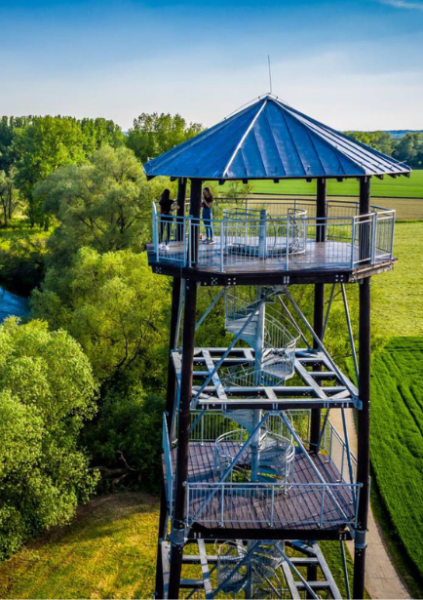
Viewing tower at the Meanders
-
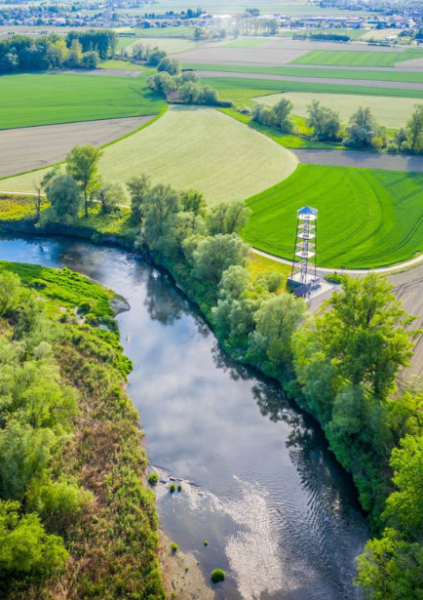
Viewing tower at the Meanders
-
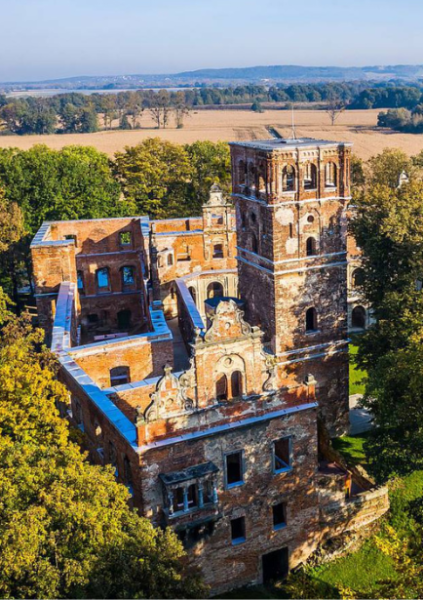
The castle ruins in Tworków
-
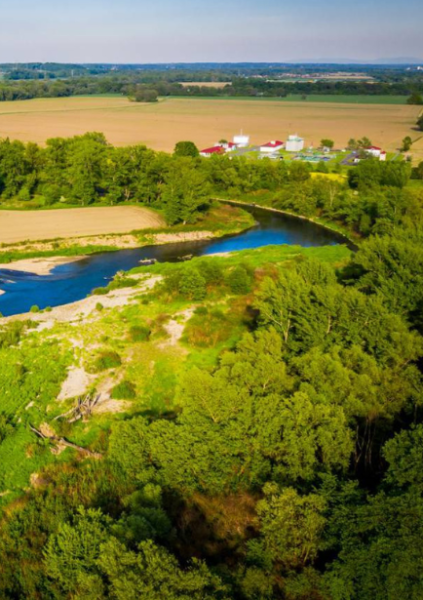
Border Meanders of the River Oder
-
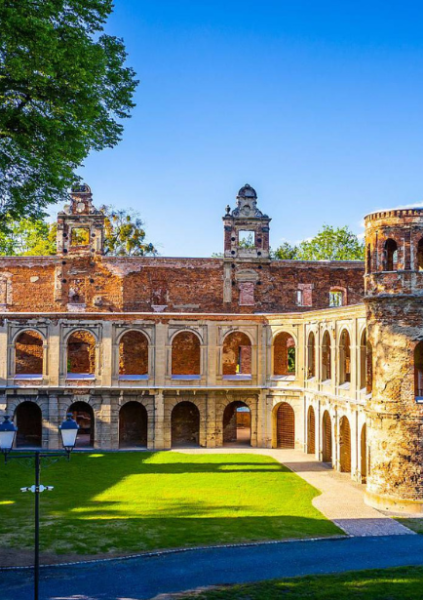
The castle ruins in Tworków
-
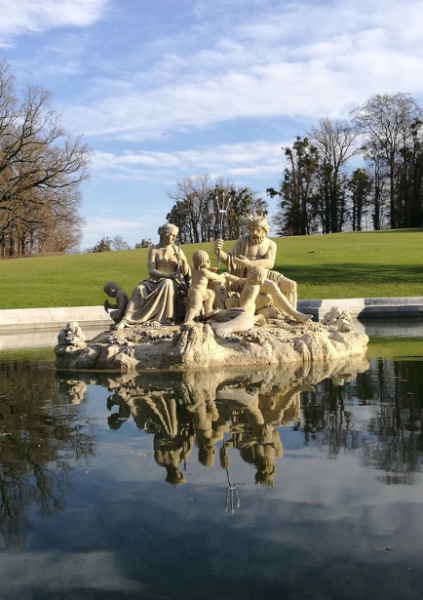
Fountain in front of the castle
Tourist attractions - location on the map

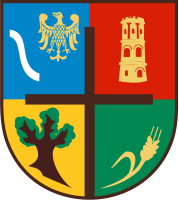
Główna Street 5,
47-450 Krzyżanowice
fax. (32) 419 42 34
e-mail:
-
Pn – Śr7.00 – 15.00
-
Czw8.00 – 17.00
-
Pt7.00 – 14.00
Copyright © 2024 Wszelkie prawa zasteżone.
Projekt i realizacja. Strony WCAG dla instytucji - itee.pl





